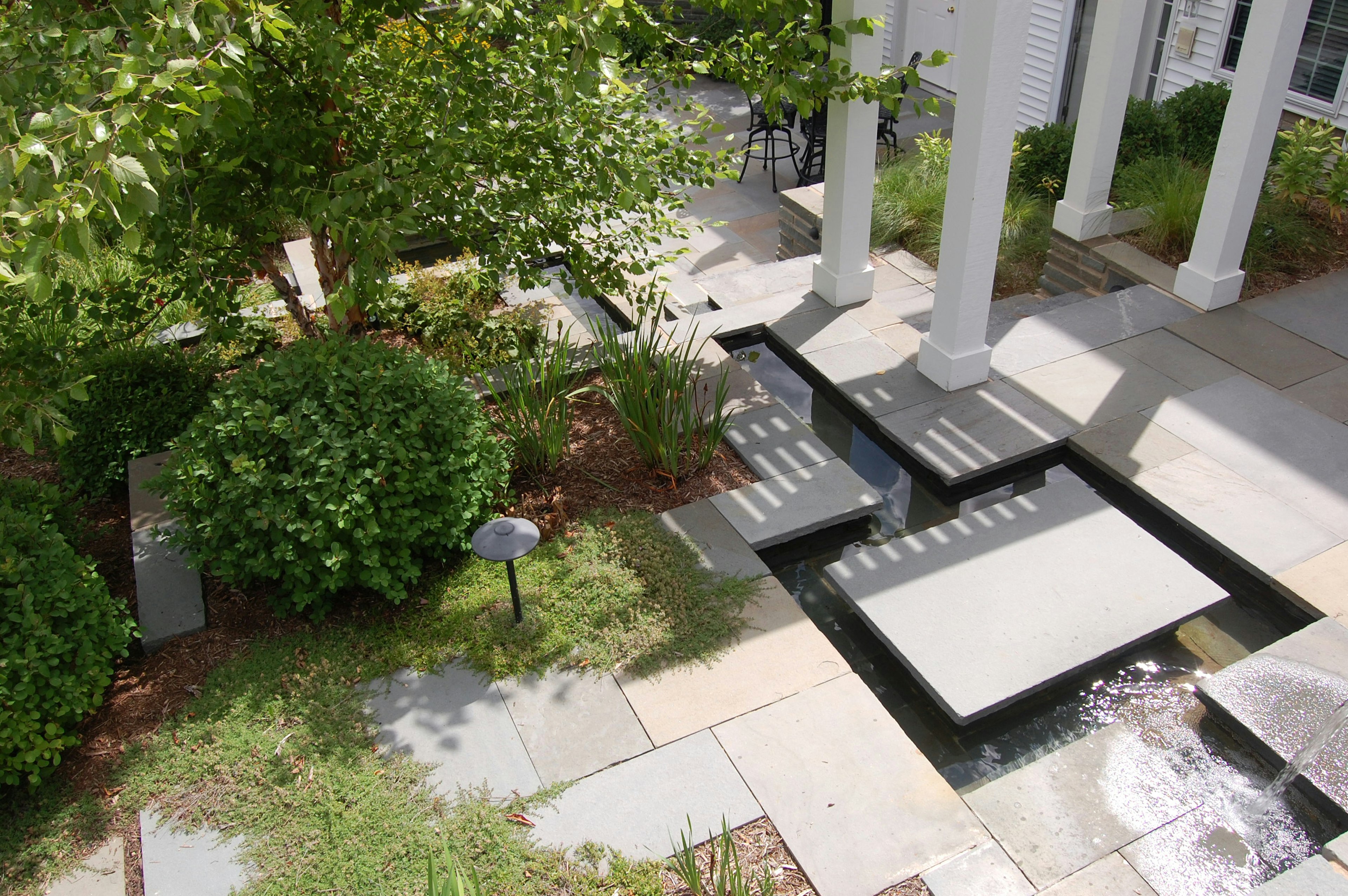
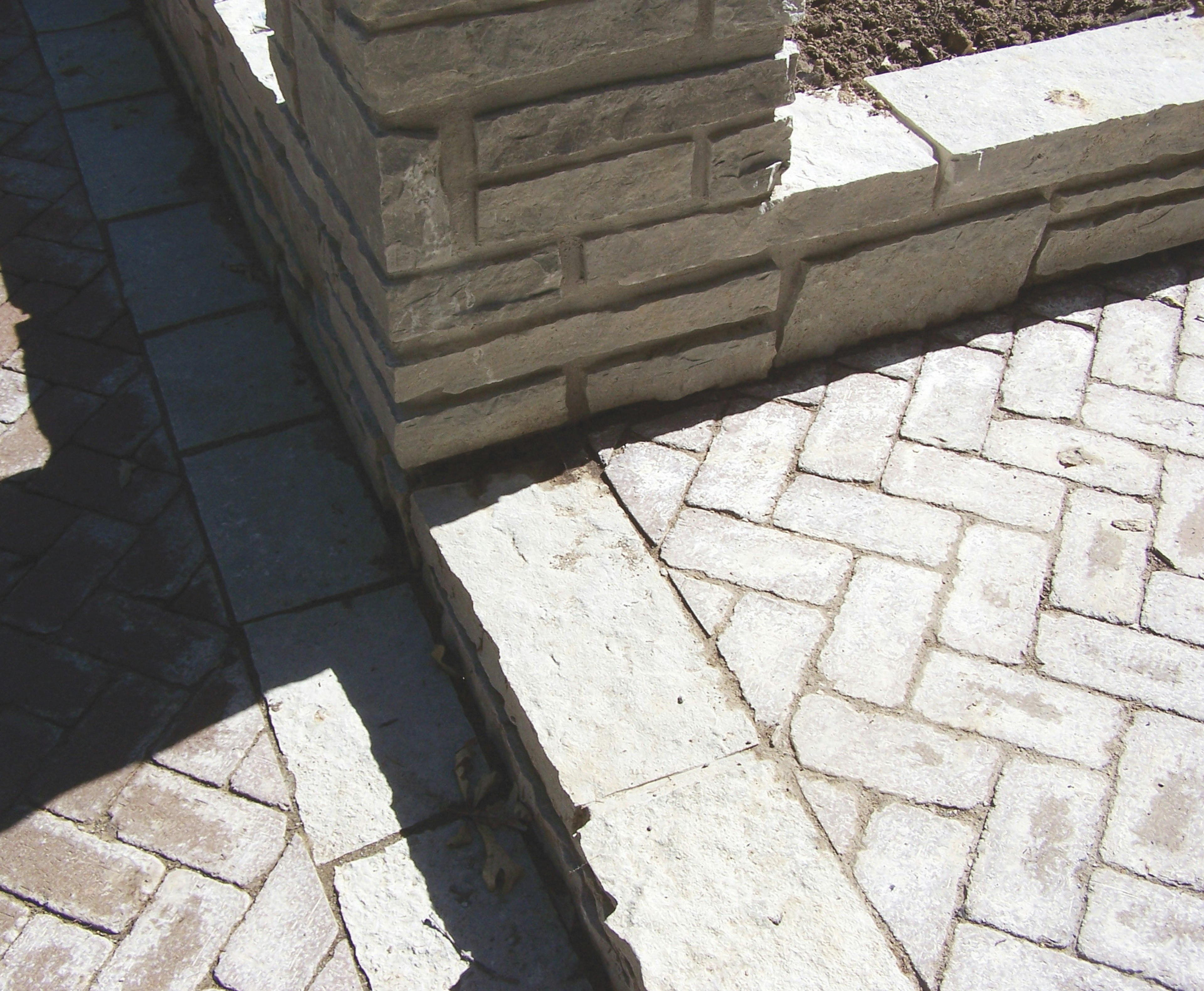
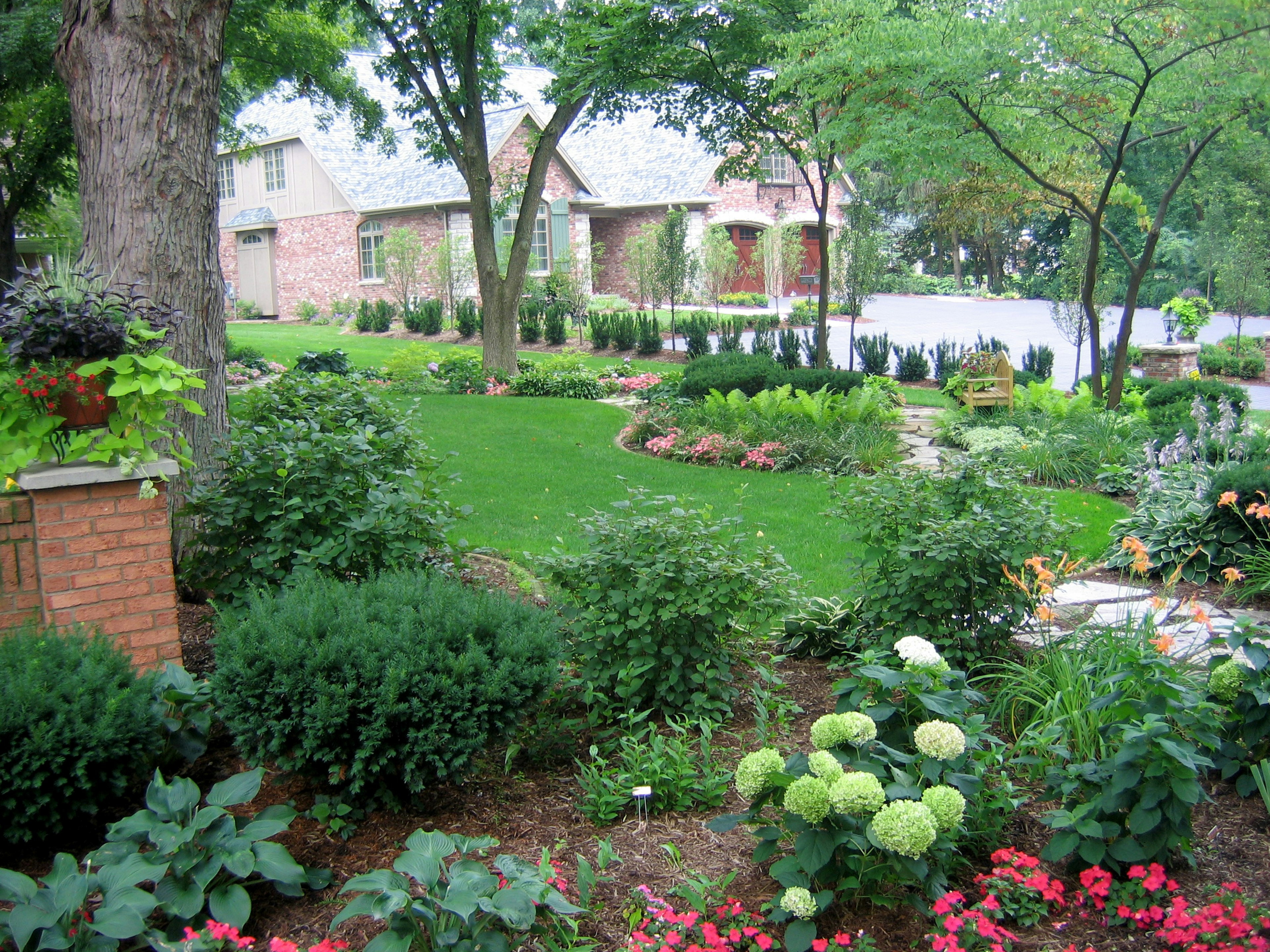
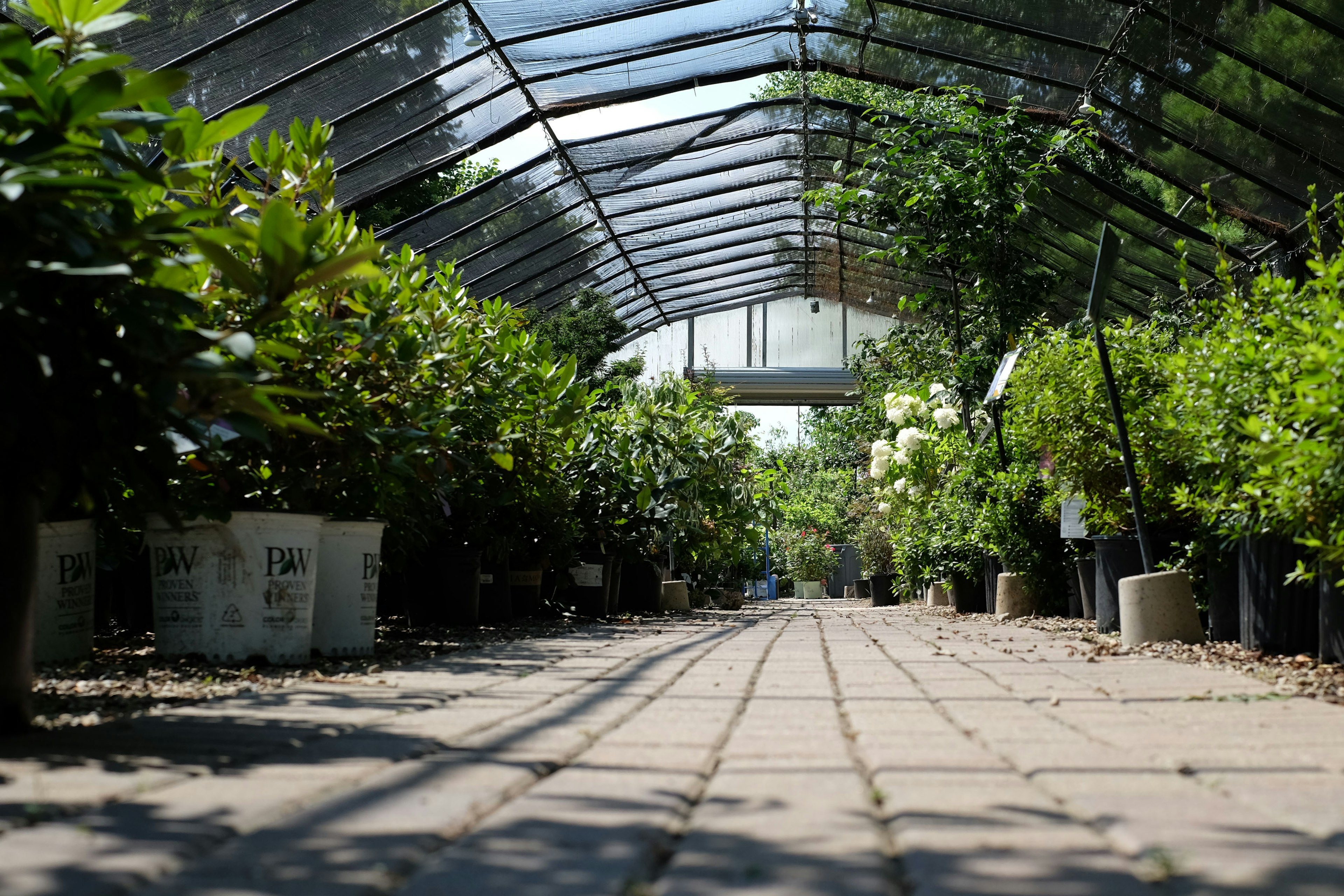
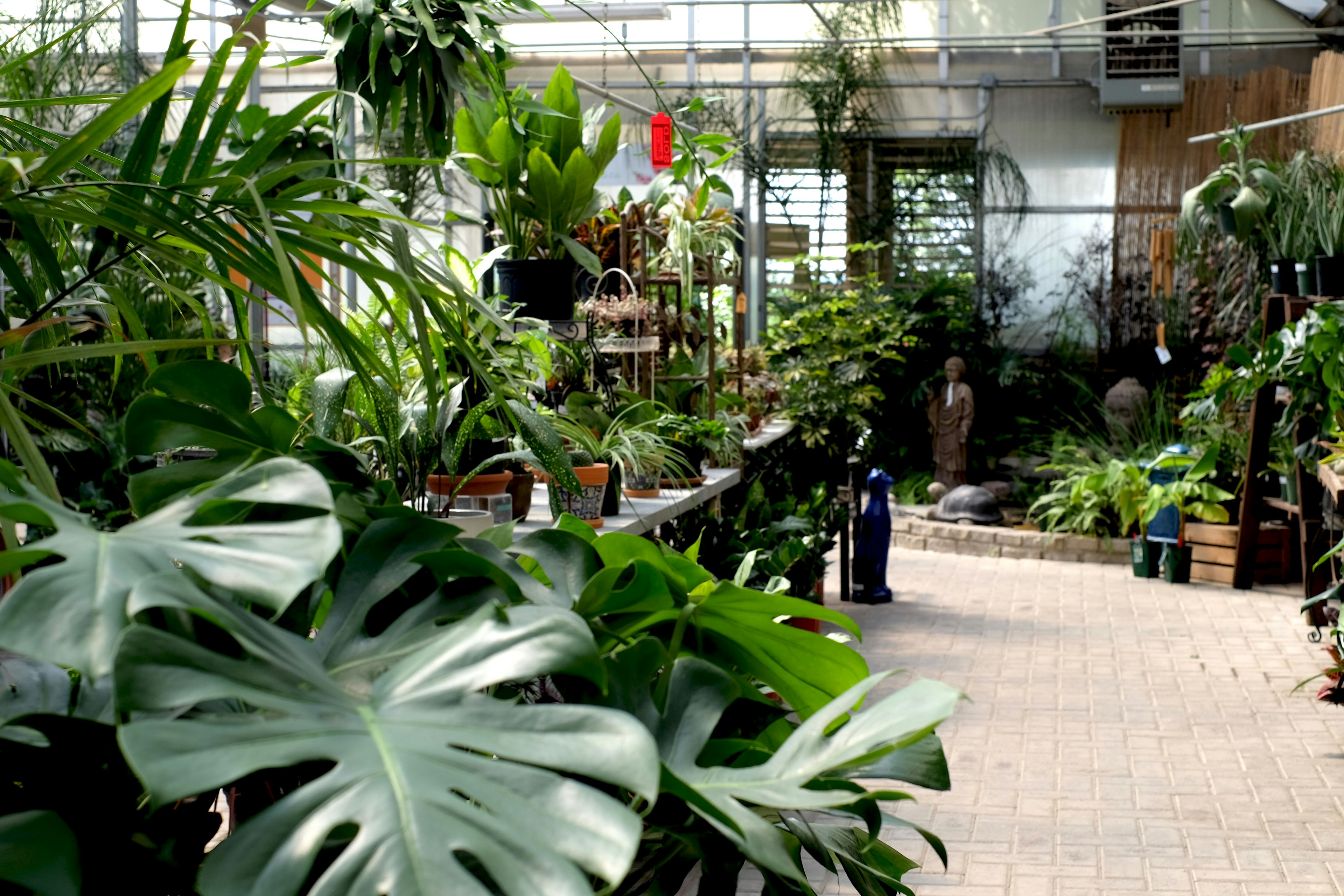
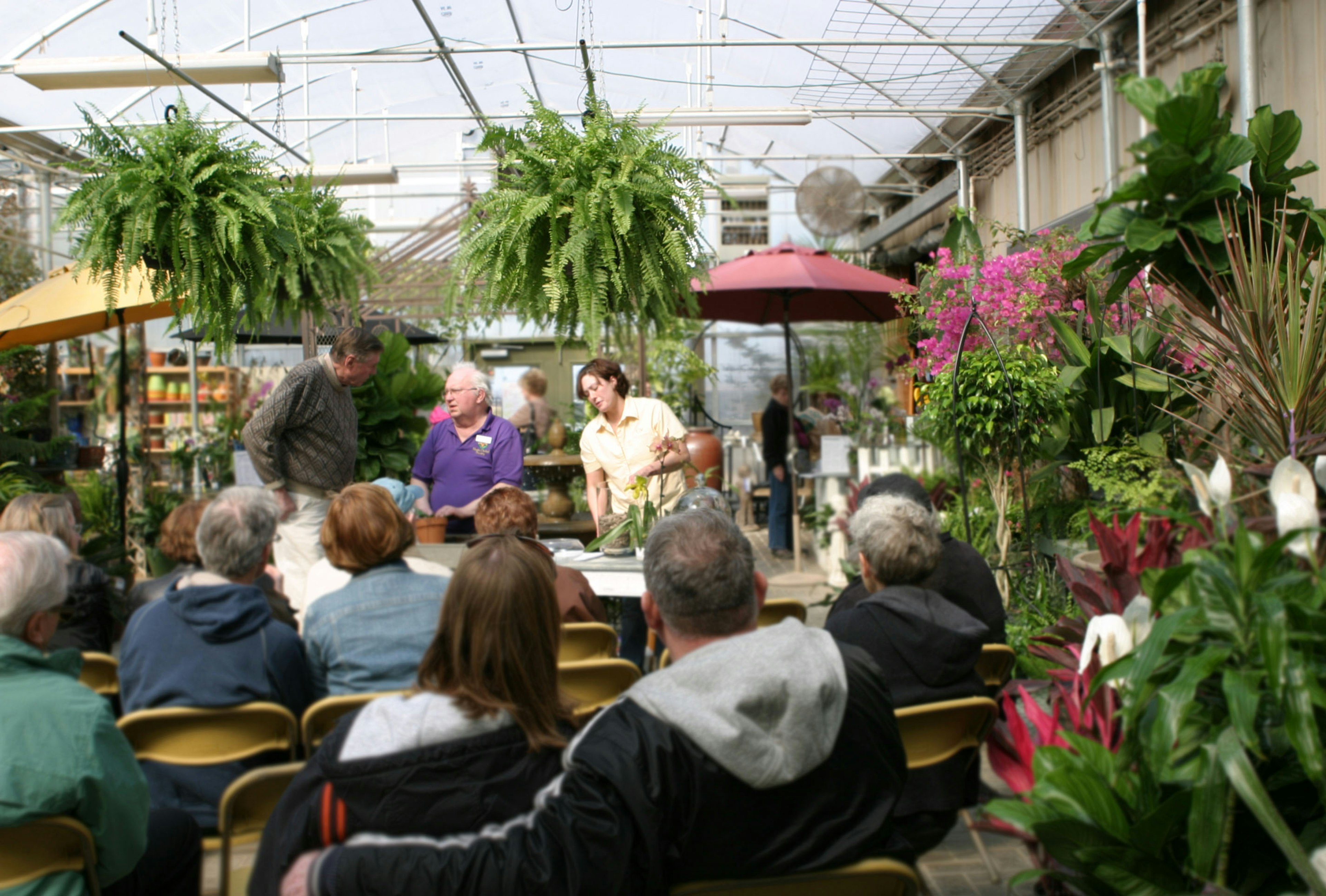
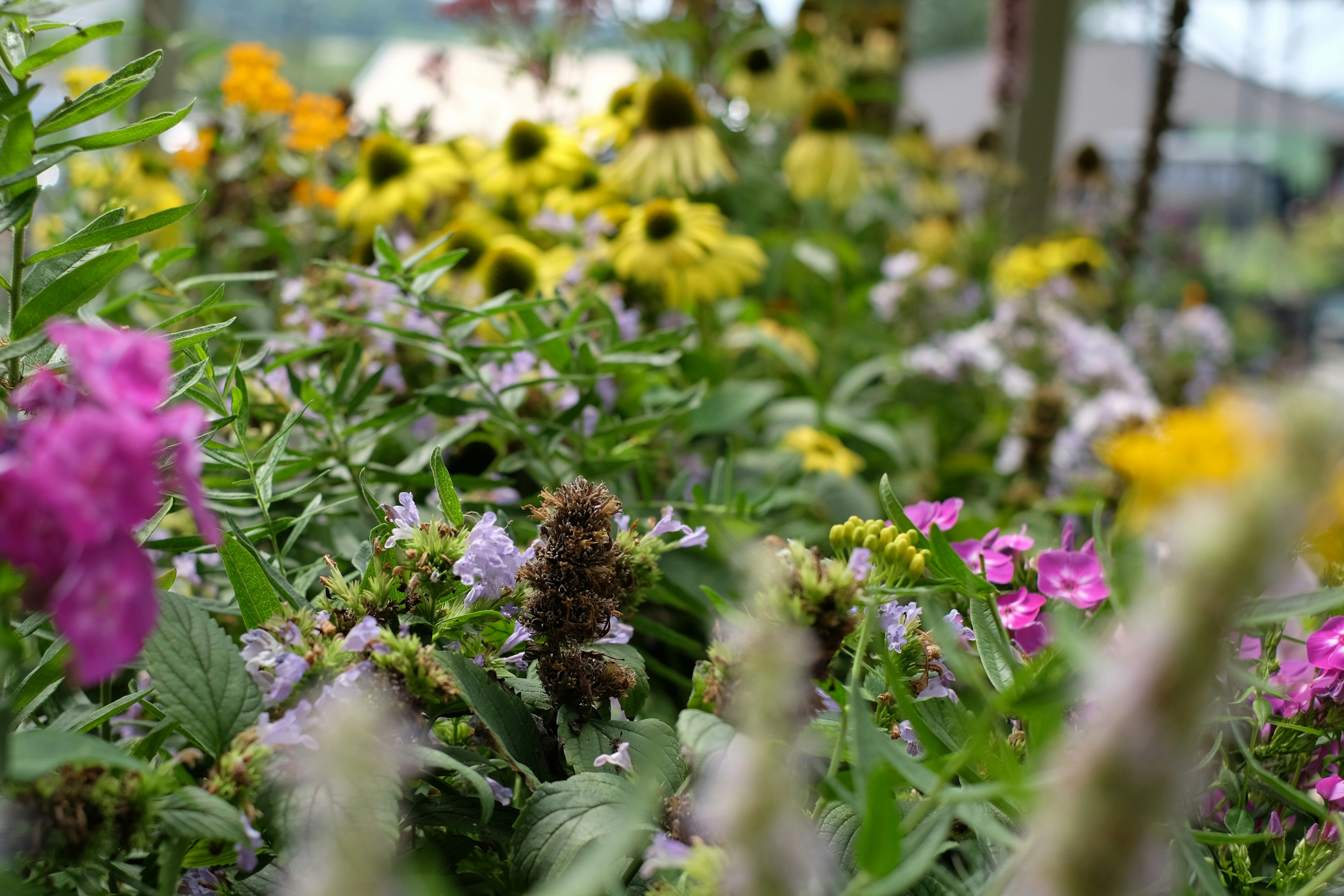

Landscape
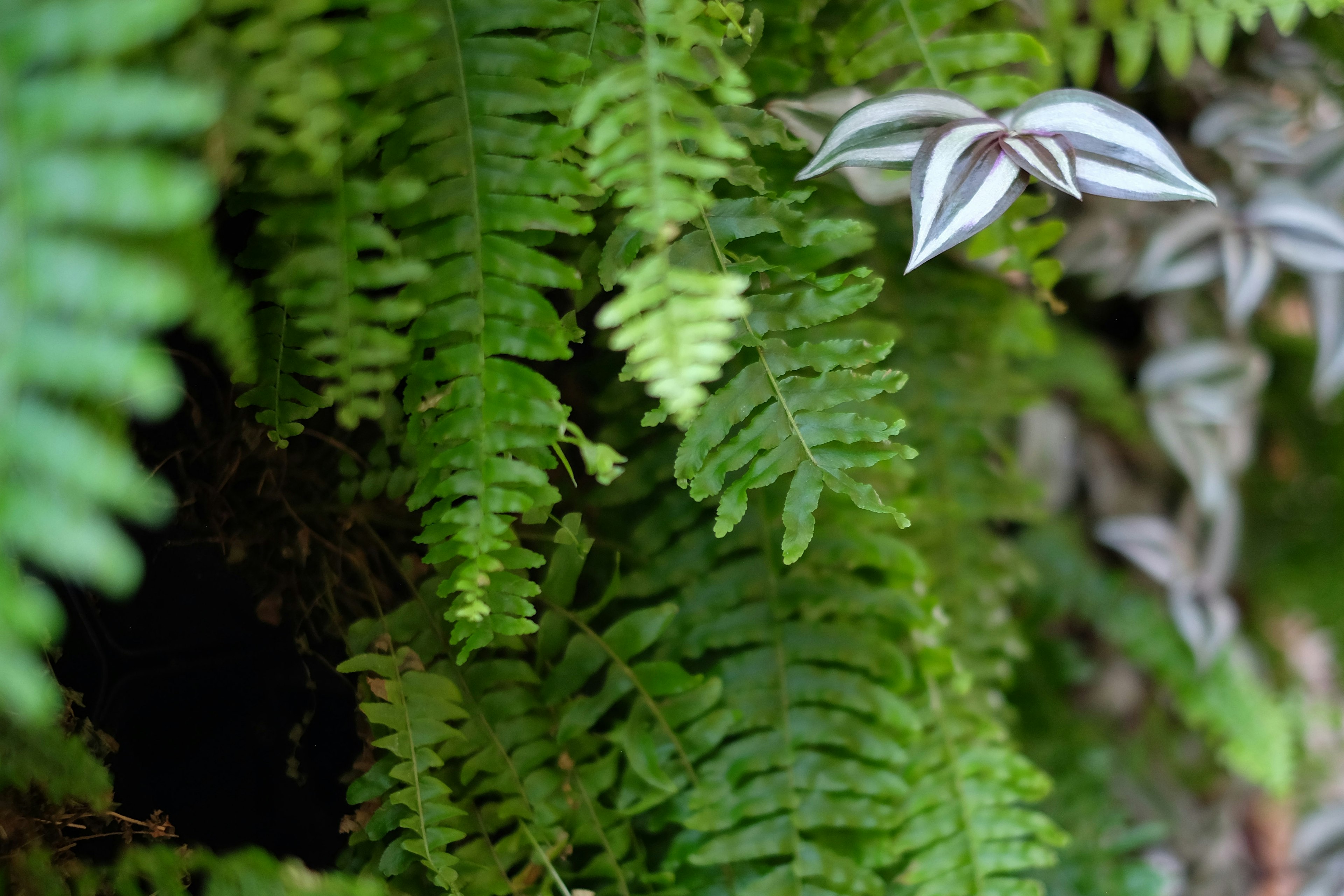
Discover the Benefits of Pavers Over Cement

Over the years, I’ve observed the evolution of various landscaping materials and design trends. One question that frequently arises among clients is whether to choose pavers or cement for their outdoor spaces. While both options have their advantages, I firmly believe that pavers, particularly large-format pavers from leading manufacturers like Unilock and Techo-Bloc, are a more cost-effective and superior alternative to cement.
In this blog, I will focus on the benefits of pavers over cement, delving into the cost-effectiveness, ease of installation with the help of our Unilyft equipment, and other practical advantages that make them a popular choice for homeowners and landscape designers alike.
Cost Effectiveness
One of the most significant benefits of choosing pavers over cement is the potential for cost savings. Removing and replacing damaged cement can be labor-intensive, time-consuming, and expensive. Pavers, on the other hand, are a more cost-effective solution, as individual pavers can be easily replaced if damaged or stained without the need to disturb the surrounding area. This can lead to substantial long-term savings, as homeowners avoid the costs associated with repairing or replacing entire cement slabs.
Additionally, pavers can be installed directly over existing cement surfaces in many cases, further reducing installation costs and minimizing disruption to your outdoor space.
Ease of Installation with Unilyft Equipment
The ease of installing large-format pavers has been revolutionized by the use of Unilyft equipment. This innovative tool (vacuum) allows our installation team to lift and place large pavers with precision and efficiency, significantly reducing labor and installation time. The Unilyft system not only expedites the installation process but also ensures that pavers are placed accurately and securely, creating a stable and long-lasting outdoor surface.
By streamlining the installation process, Unilyft equipment helps to reduce overall project costs, making pavers an even more attractive and cost-effective option for homeowners.
Aesthetic Appeal
Pavers offer a distinct aesthetic advantage over cement, with a wide variety of shapes, sizes, colors, and textures available to suit diverse tastes and styles. Large-format pavers, for example, create a sleek, modern look with clean lines and a minimalist vibe, perfect for contemporary spaces or creating a seamless transition between indoor and outdoor areas.
In contrast, cement slabs tend to have a more monolithic and uniform appearance, limiting design options and potentially making outdoor spaces appear dull and uninviting. While stamped concrete may offer additional color and texture options, it still appears as a slab.
Additionally, the surface is slippery in wet conditions and, without proper joints, is even more likely to crack than traditional slabs.
Durability and Longevity
Although cement is often seen as a durable and long-lasting material, pavers have proven to be even more resilient. Manufacturers like Unilock and Techo-Bloc produce high-quality pavers that are specifically designed to withstand harsh weather conditions, heavy foot traffic, and the test of time.
Cement slabs, on the other hand, are prone to cracking due to natural ground movements or temperature fluctuations. Once cracks appear, they can expand and lead to further damage, requiring costly repairs or replacement. Pavers, however, can flex and adapt to these movements, reducing the risk of damage and prolonging their lifespan.
Low Maintenance
Pavers are a low-maintenance alternative to cement. Cement slabs are susceptible to staining and can be difficult to clean, often requiring the use of harsh chemicals or pressure washing. Pavers, however, are easier to maintain due to their non-porous surface, which resists staining and can be easily cleaned with a simple sweep or rinse.
Moreover, as mentioned earlier, if a paver becomes damaged or stained, it can be quickly and easily replaced without disturbing the surrounding area, whereas repairing a damaged cement slab is a more labor-intensive and costly process.
Versatility and Customization
Pavers offer a level of versatility and customization that is unmatched by cement. With a broad range of options available, pavers can be arranged in various patterns, such as herringbone, basketweave, and running bond, to create unique and visually appealing outdoor spaces. This versatility extends to the ability to mix and match paver styles, sizes, and colors or to add banding and accents, allowing homeowners to create a truly personalized outdoor oasis.
Cement slabs, in contrast, provide limited design possibilities, as they are typically available in standard sizes and finishes.
Improved Drainage
One of the most significant advantages of pavers over cement is their ability to improve drainage in outdoor spaces. Pavers are installed with small gaps, or joints, between them, which allow water to permeate through the surface and into the ground. This not only prevents pooling and standing water but also helps to reduce the strain on local stormwater systems.
Cement slabs, however, are impervious surfaces that can contribute to flooding and erosion, as they do not allow water to pass through. In areas prone to heavy rainfall or with poor drainage, this can be a significant concern.
Environmentally Friendly
As we become increasingly aware of our impact on the environment, it's crucial to consider eco-friendly landscaping materials. Pavers are a more sustainable choice compared to cement for several reasons:
· First, permeable pavers, a popular option among environmentally conscious homeowners, allow water to infiltrate the ground, replenishing groundwater supplies and reducing stormwater runoff. This, in turn, helps to prevent erosion and protect local waterways from pollution.
· Second, the production of cement is known to be a significant contributor to greenhouse gas emissions. In contrast, the manufacturing process of pavers, especially those from companies like Unilock and Techo-Bloc, is typically more environmentally friendly, with a lower carbon footprint.
· Finally, pavers can be made from recycled materials, such as crushed concrete or reclaimed stone, reducing waste and conserving natural resources. Some manufacturers even offer paver options that include a percentage of recycled content, further enhancing their eco-friendly credentials.
The benefits of pavers over cement are numerous, from their cost effectiveness and ease of installation to their aesthetic appeal and environmental advantages. Large-format pavers from reputable manufacturers like Unilock and Techo-Bloc offer an attractive and sustainable solution for homeowners looking to create beautiful, functional, and long-lasting outdoor spaces.
As a landscape designer, I am continually impressed by the versatility and quality of pavers. I believe they are the superior choice for those seeking to enhance their outdoor living areas. By choosing pavers over cement, you can create a stunning outdoor space that will stand the test of time and provide you with years of enjoyment, all while being more cost-effective in the long run.
Chet Daniels – Division Manager Champaign/Urbana IL